How Answer The Phone Using Vi App


It seems that virtually every review of a not bad Microsoft product or fifty-fifty glowing blog posts virtually the benefits and progress of Windows x, ends with an obligatory reminder that in comparison to iOS and Android, in that location is a substantial app deficit in the Windows ecosystem. The outcome is and so profound that not only are critics of the platform trumpeting this message, but Windows enthusiasts have also begun to curve under the weight of the truth of the affair.
For context Google's and Apple'southward platforms boast at least a reported 1.5 million apps. In comparing, Microsoft's growing platform has but one-tertiary the apps Google Play and the App Store avowal. At nigh one-half a million apps Microsoft is desperately working, particularly during their period of retrenchment from the general smartphone market, to close this gap. This chore is not a simple endeavor. Every bit it requires not but the technical and strategic efforts Microsoft puts along, but besides the voluntary delivery of developers and consumers who tin perceive Microsoft's vision, it is a profound challenge.
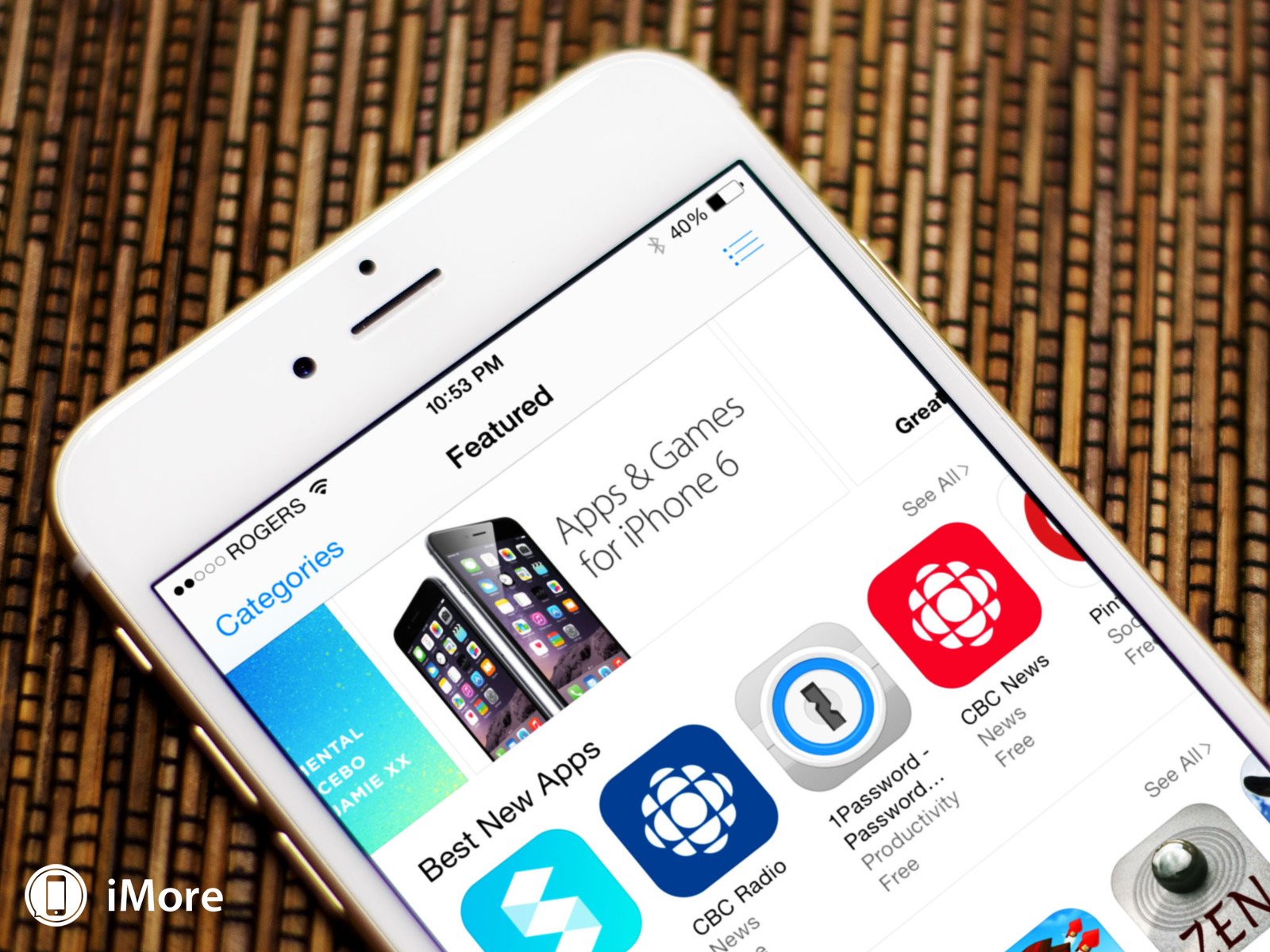
As this series has highlighted, Microsoft is currently in a state of retrenchment from the general smartphone space equally the company nurtures diverse aspects of its ecosystem to ensure a successful rebirth into that consumer space. Refining the OS, building OEM partnerships and developing the tools, infrastructure and relationships for a rich app ecosystem are all part of this "gestation" stage of Microsoft's mobile strategy.
In this last installment of the "Windows Phone isn't dead series" we volition stare the "elephant in the room" or ecosystem, the app gap, square in the eyes. With an unwavering and candid approach, we will tackle this massive problem with an equally massive piece to culminate this series. I will share with you answers Microsoft provided to some of my inquiries. We will likewise delve into Microsoft's app Bridge strategy and provide further assay as to the possible direction the visitor'southward purchase of Xamarin may take them in their quest to close the app gap.
That said, if the app Bridges and the Xamarin purchase ultimately yield what I believe Microsoft is aiming for, Redmond may actually change the game in the process.
A developer's dilemma is Microsoft'south dilemma
Whatsoever Windows telephone user that has been part of Microsoft's ecosystem for a reasonable corporeality of fourth dimension has seen many popular apps come to the platform. Instagram, Candy Vanquish Uber, Twitter, Shazam, Netflix, Dropbox, Hulu, the recently announced Starbucks app and others are all popular apps whose arrival added validity to the platform. Sadly, nosotros have also seen developers like Tumbler and others end their support. Less frequently we are surprised and excited when we see apps similar Depository financial institution of America, which have left the platform return every bit more evolved Universal Windows 10 versions of their previous iterations. Of course our hope is that nigh developers volition remake their apps as Universal Windows apps.
The lamentable and candid truth, however, is that many developers have found developing for Windows problematic. Some who invested in Microsoft's mobile efforts years ago have found the trek toward a unified platform jarring and inconsistent. Transitioning from Windows Mobile to Windows Telephone vii/7.5/seven.8, to Windows Phone 8/eight.i and ultimately to Windows 10 Microsoft'due south mobile strategy has morphed the platform through various iterations where the continuity of support has been disrupted for users and developers alike. Consequently, some developers have accounted the investment in maintaining or continuing their app to be also much for a return on investment (ROI) that was too little.
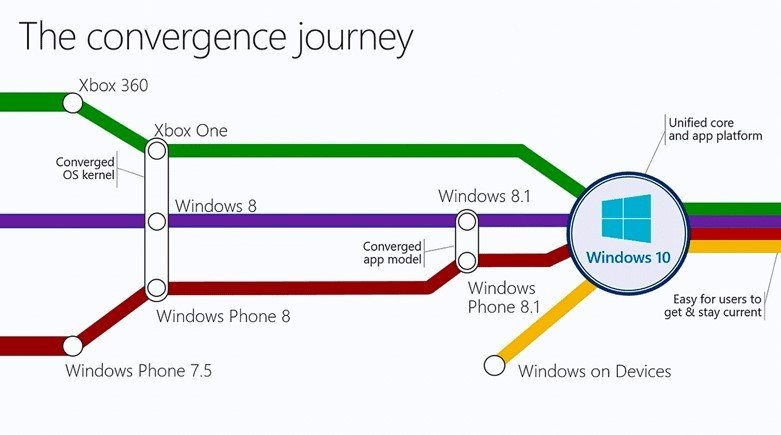
This reality has resulted in both a selection of many Windows apps that are a pale representation of their iOS and Android counterparts too every bit the previously mentioned exodus of some apps from the platform. Other developers who take never made a Windows Phone app look at the platforms minuscule marketplace share and deem the user base not worth the fiscal and human resources necessary to fifty-fifty initiate evolution of an app.
These concerns are non without merit. Some company's express resources allow them to invest in the skill sets needed to develop for iOS (Objective-C) and/or Android (Java and C++). As such the return on investment for developing for what has (before Windows ten) been a much smaller platform in Windows Phone may not have justified moving forward with a Windows Phone app. This analysis, of course, is not applicable to all companies that have no involvement in the platform. Think SnapChat. Merely information technology seems to be the story that most companies who have not adult an app or who have withdrawn their apps accept told. Microsoft would like to change that story.
This juncture in Microsoft's mobile strategy is where the app Bridges come in. Microsoft designed these tools as a direct response to the concerns expressed by developers who have left or have never embraced Windows. Microsoft's Kevin Gallo stated the goals of the app Bridges this way:
"Our goal is to brand information technology easy for developers of all sizes to bring existing code to the 1 billion devices we expect to run into running Windows x in the next few years" … HTML/JavaScript, .NET and Win32, Java/C+ + and Objective-C bring their code to Windows, and provide a way to integrate with Universal Windows Platform capabilities."
That said, the candid question developers that have found success developing for other platforms may have is, "Why should they use the Bridges at all?"
To become to the other side
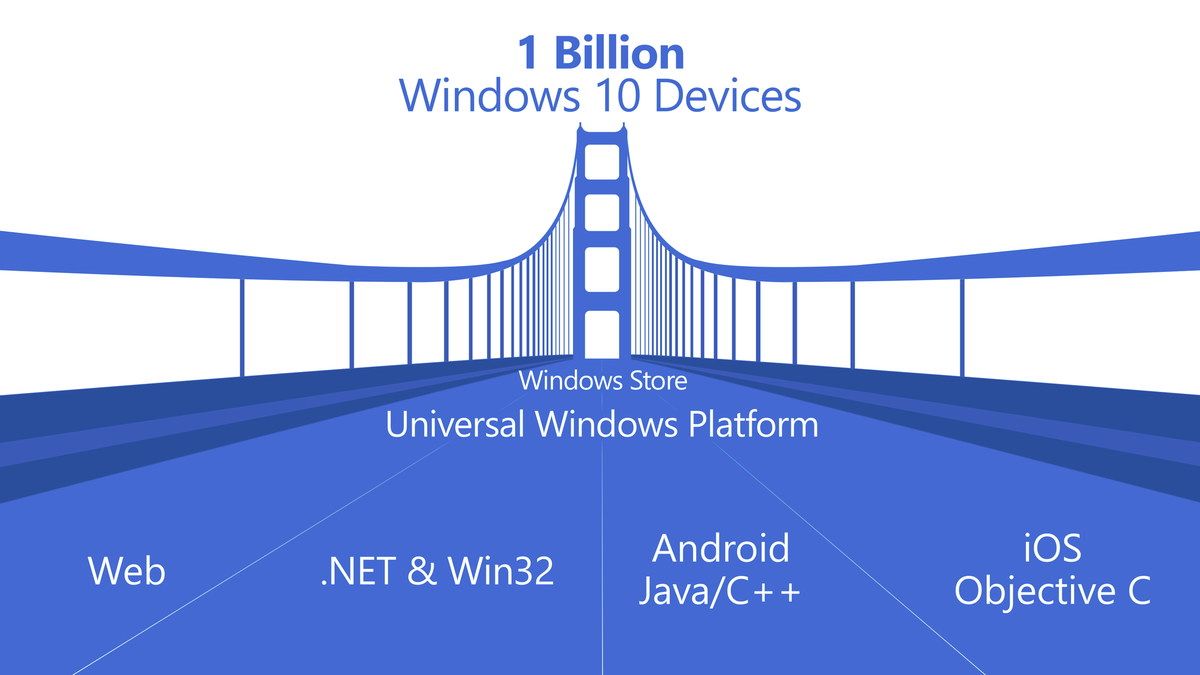
By giving developers the tools to reuse existing code, Microsoft finer eliminates the barriers of the boosted costs a company would incur if required to hire a Windows developer. This strategy also reduces the time resources necessary to build and maintain a Windows Universal app since the developer the company has already invested in tin, for instance, reuse his iOS (Objective-C) lawmaking.
The benefits of this reality are compounded by the fact that Windows 10 is the concluding version of Windows. Every bit such developers have the balls that there volition not be shifts in the platform that substantially "break" the apps they've invested in as was the case as Microsoft's mobile platform evolved toward Windows 10. For those developers that have felt burned by the shifts in the platform every bit it grew toward the unified cadre, our arrival now at Windows 10 may present the assurance they've needed to venture another app on the platform.
That said many Windows fans and manufacture watchers would like to know the condition of these Bridges. What exactly are they and are they yielding the fruits Microsoft desires? Microsoft's Kevin Gallo recently provided the following update:
- Westminster - The Web Bridge Hosted Web Apps helps bring HTML and JavaScript spider web-based apps to the Windows Store (and) shipped equally office of the standard Windows 10 SDK in July and ..(has)…seen adoption from companies such as Shazam (opens in new tab) and Yahoo.
- Centennial - helps bring existing Win32 and .NET-based apps to the Windows Store and is in testing with a set of developers now. Microsoft will accept an early iteration of the tools presently, and and so they'll aggrandize the program and support a broader range of developers.
- Islandwood - enables developers to bring iOS (Objective-C) apps to the Windows Store, (and) was released to GitHub every bit an open source projection in August and Microsoft has been releasing updates to it ofttimes. Microsoft recently released an update which included the first ARM32 preview compiler driblet.
"Success to us is almost our customers and developers loving Windows 10."
- Astoria – Microsoft has received and carefully considered feedback and decided that they would focus their efforts on the Windows Span for iOS and make it the single Bridge option for bringing mobile lawmaking to all Windows 10 devices, including Xbox and PCs.
Microsoft adds:
Nosotros initially focused on API coverage for game developers, but nosotros are expanding our API coverage for all app types by adding support for additional frameworks, etc.
The early signs of adoption of the Westminster Bridge, the testing of Centennial with select developers with planned expansion and the release of Islandwood as an open up source project on GitHub reveals Microsoft's progress with its app Bridge strategy. Of grade, a firm foundation for these tools is crucial if the application of the tools is to be successful.
When I asked Microsoft how they measure the success of the Bridges a spokesperson shared:
"Ultimately, we want people—customers and developers alike—to love the feel on Windows. Success to us is about our customers and developers loving Windows 10."
Developers, developers developers

If bringing developers on lath was as elementary every bit shouting "developers, developers developers," Microsoft'south CEO Satya Nadella and Steve Ballmer before him, would certainly have had every Microsoft employee rehearsing that chant daily. The reality, still, is that to entice developers (particularly to an underdog platform) the arroyo must exist comprehensive.
Microsoft has therefore invested in a multipoint approach - a modification of the infrastructure - to make developing for Windows a worthwhile investment. By creating a unified platform that extends the range of devices a programmer can target, improving opportunities for monetizing on apps, expanding carrier billing to Windows PCs and tablets, improving app discoverability, and simplifying the app submission process Microsoft is taking a holistic approach to reaching developers. I Microsoft spokesperson expresses what is likely the most profound and easily communicated incentive:
"One billion Windows ten devices creates a fantastic opportunity for developers equally Windows 10 extends the universal apps model making information technology easier for developers to build apps that span Windows devices. "
Since its July 2015 release, Microsoft is 200 million installs into its two-year 1 billion Windows 10 install goal. This growing install base and the designated goal are the numbers Microsoft loves to share when communicating the benefits of developing for Windows. And for good reason. The Universal Windows platform extends a developer's audience across tens of millions of Windows phones to hundreds of millions and eventually more than than one billion Windows devices including the growing category of mobile devices like 2-in-1's.
This massive audience, in conjunction with the Bridge tools positions developers, to vastly increase their monetization opportunities. Getting the attention of developers with these winning numbers, all the same, is non enough. If the process of getting an app from a developer's listen to the Windows Store is backbreaking, Microsoft could lose the delivery of developers in the long run.
Easing the process
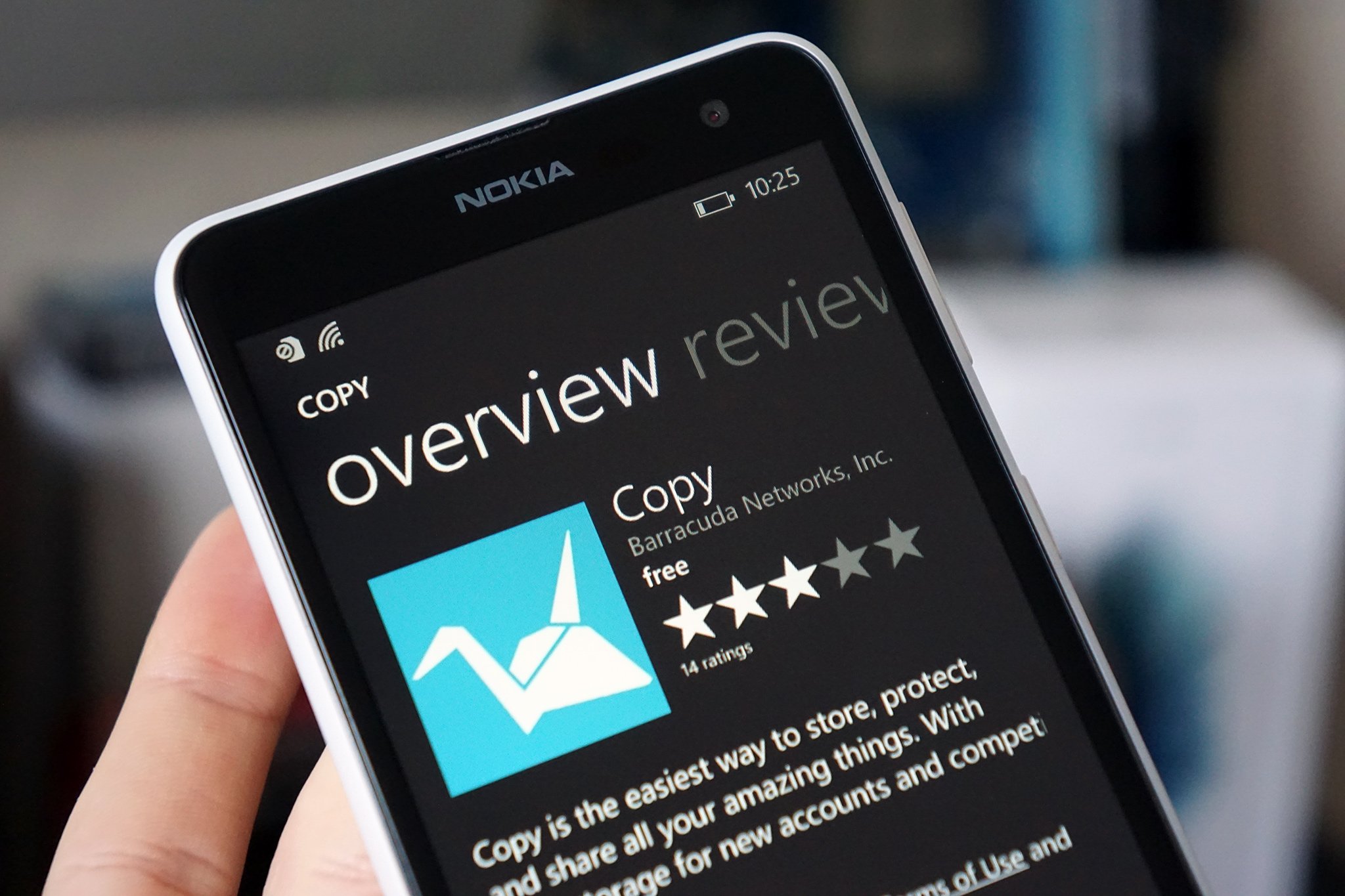
Microsoft has simplified the submission and management menstruation of apps to the Store to get them upwards and running speedily and efficiently. Of course, once an app is in the shop discoverability and date is the next hurdle. Microsoft shares the post-obit regarding how the firm helps developers leap that hurdle:
"Windows 10 extends the developer opportunity both past targeting a wider range of devices through a mutual Windows Store and by creating more ways for end-customers to discover and appoint with apps."
Since the launch of Windows ten with its "Start Menu-positioned" Store, the Store has had over 3 billion visits; developers are receiving 4.5 times more acquirement, and app engagement has seen a measurable increase. Microsoft'due south modifications to the Shop ensures that once a developer'due south UWP app reaches the Store, there volition be an increased level of discoverability, greater visibility and potentially higher engagement compared to apps written for Windows Phone 8/8.1.
Microsoft's Todd Brix expounded on what this data ways for the company's delivery to developers this manner:
Both the growth of Windows 10 customer base of operations and the increment in customer engagement (both with the Store and with the apps themselves) will enable us to deliver on our promise of providing a platform where developers tin find growing success.
Naturally non all regions have equal admission to pop payment methods such equally credit cards. Thus, if a developer's apps were discoverable only inaccessible to a large per centum of the audition, the efforts mentioned above to showcase those apps would exist moot. Thus, since 88% of the globe does non use credit cards Microsoft has extended carrier billing to PCs and tablets. This decision has removed a major barrier many customers would face up when attempting to access the growing pool of Windows apps.
Show me the money!
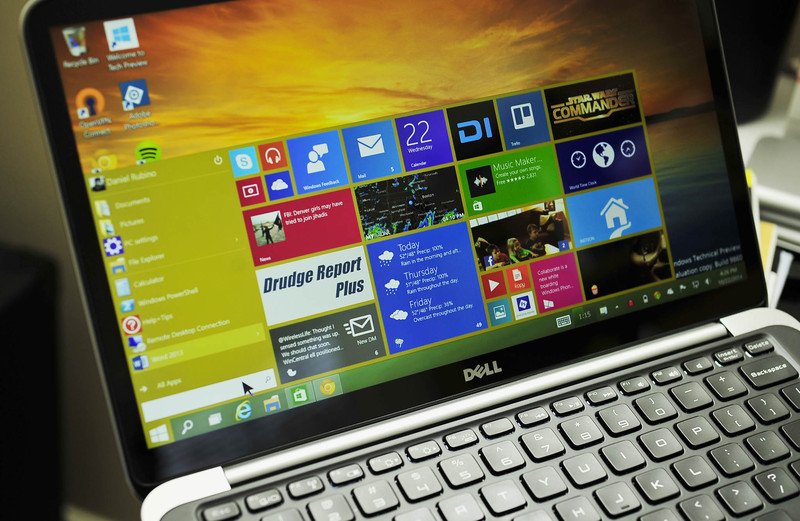
To compliment the increased discoverability and additional payment options Microsoft has likewise improved the tools available to developers to monetize on their apps:
"For developers looking to monetize their Windows 10 apps, we released the new Microsoft Universal Ad Client SDK which is available for Windows devices, including Windows 10 phones, tablets and PCs."
In a nutshell, this allows developers who earn coin via advert "to grow their revenue." In the immortal words of Jerry Maguire, "Show me the money!"
This allows developers who earn coin via advertizing to grow their revenue.
Microsoft believes these infrastructure enhancements volition go a long way in helping bring developers on board. I am hopeful. That said I did enquire the firm well-nigh one of the most front end-facing concerns expressed by many users. Namely, what type of support is offered to developers to encourage their continued evolution of apps (keeping them updated) one time they reach Windows. A Microsoft spokesperson provided the following response:
Microsoft has a long history of engaging with developers to back up and advance the cosmos of compelling apps. Nosotros continue to invest in helping developers in a diversity of means including online also equally personal support, examination devices, events, hands-on labs, training, various types of co-marketing agreements and free professional tools.
From a bulletin of a growing and massive install base that is meant to draw developers in, to structural changes that are designed to make apps successful, to ongoing programmer support, Microsoft has enacted a system that aims to make Windows developers successful. One major challenge remains, nonetheless.
Microsoft must change how the industry sees "phone" within Microsoft's UWP.
Since the industry sees the "phone" as the primary personal computing device, and, therefore, the main purpose of app development Microsoft has to change how an unabridged industry of developers, consumers, OEMs, investors and writers see the position of "phone" inside Microsoft's Universal Windows continuum.
I asked Microsoft how they programme on doing that. Keep reading.
Problems with perception
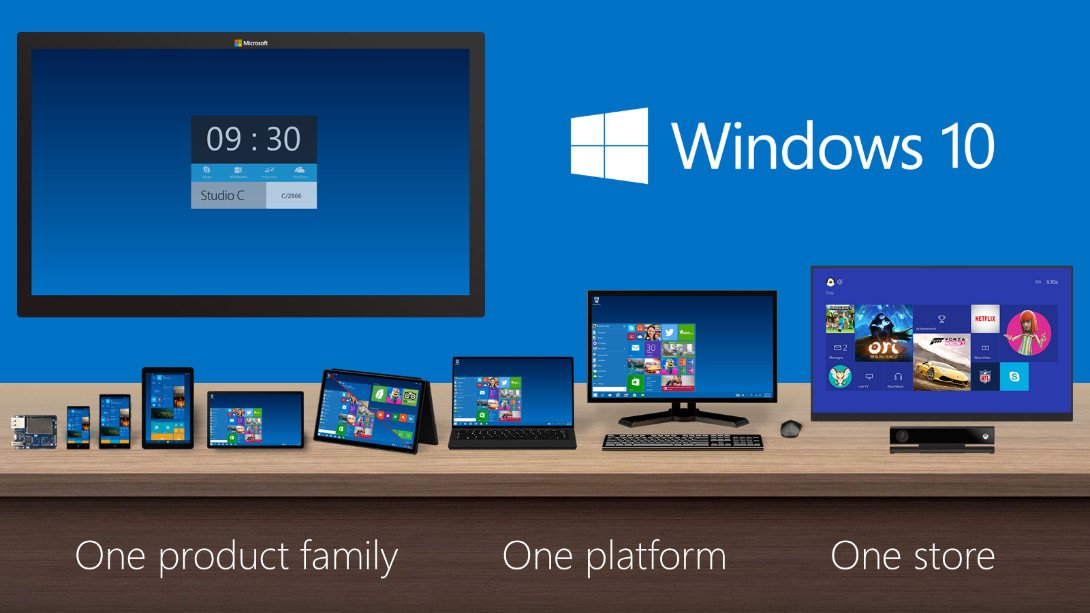
Microsoft has made an unprecedented industry move in its creation and release of the Universal Windows Platform. This ecosystem-wide shift quite literally changes how Microsoft is positioning its personal calculating platform from development to user experience perspective. Whereas Apple and Google have multiple platforms for singled-out device types, Microsoft has whittled its personal computing ecosystem down to one platform for all device types.
This move requires a shift in thinking from developers who, for example, see developing for Apple tree's entire personal computing ecosystem equally a task in targeting iOS, watchOS, Os X and tvOS. Similarly, developers fully invested in Google's personal computing ecosystem currently must focus on both Chrome and Android. As we have shared in the by, each of these firms has dissimilar operating systems for different device types.
All personal computing devices take a front row seat in Microsoft'due south ecosystem.
Microsoft's UWP is a cloud-offset, mobile-kickoff positioning of personal computing that frees a user'due south digital experiences and a programmer's commitment from any single device. As such all personal computing devices, from Microsoft's perspective take a forepart row seat in Microsoft's ecosystem. Moreover, users have an increasing expectation that action they begin on ane device will be seamlessly accessible to them from any other device. Thus, the current phone-focused developing and UX paradigm where most developers target 1 device, (the phone), in a visitor's personal computing ecosystem, is both limiting and is not cogitating of the current shift in personal computing.
Consequently, Microsoft'southward Universal Windows Platform at its cadre is the merely platform that allows any programmer to create Universal apps that piece of work on all device types. Apple'due south Continuity, past comparison, offers simply a surface level user feel that moves data between some devices. Different the UWP, information technology does non provide an end-to-finish solution from a evolution foundation to a user'south experience. Thus, Microsoft's UWP is uniquely positioned to offer the industry a comprehensive solution from the development level to the user experience level that serves what is increasingly a core expectation of end users.

Developers have notwithstanding to encompass the shift from a phone-focused to an ecosystem-focused view.
Developers have yet to comprehend the shift from a phone-focused paradigm to an ecosystem-focused view fully.
When I pressed Microsoft near what they are doing to help developers see the potential in developing for the UWP, to change the phone-focused perspective still held past many, I was given the following:
Windows ten opens all new doors to customers and developers with one platform, i store and a growing catalog of universal apps. With the gratis upgrade of Windows 10, we are seeing adoption of Windows x at the fastest charge per unit in history, with over 200 million devices already running Windows 10. We believe this will re-energize the ecosystem, creating all new opportunities for developers… Phone is a key part of bringing Windows ten to more people, and Microsoft will go on to focus on delivering the about productive Windows-based smartphones on the planet.
Admittedly the firm was non equally forthcoming as I had hoped. Given our proximity to the /BUILD Programmer's Conference, yet, particular information in this regard is probable being reserved for that stage. That said, with Microsoft'south introduction of the UWP existence only eight months former and the Mobile component having just begun its public roll out on March 17th, 2016, the nearly 10-year sometime phone-focused paradigm is still considerably unshaken. Microsoft is confident, even so, that as hundreds of millions more than Windows x devices are added to the 200 million already online the manufacture will begin to shift toward the broader personal computing ecosystem-focused view Microsoft'due south UWP offers.
Enter Xamarin
On February 24, 2016, Microsoft and Xamarin announced that the Redmond-based company would be purchasing its long-fourth dimension partner who specializes in the provisioning of tools to produce cantankerous-platform mobile apps. Xamarin'southward mission is summed up past Nat Friedman, the company's co-founder, in the following statement:
Nosotros founded Xamarin more than 4 years agone with the mission to make native mobile development fast, piece of cake, and fun and to help C# developers build beautiful mobile apps and accomplish billions of devices. We love the native iOS, Android, and Mac APIs and we honey C#, and this conquering is an ideal next step for us and for our customers.
Along with partner Miguel de Icaza, Nate has led Xamarin to a level of success that has allowed the visitor to serve xv, 000 customers in 120 countries. They take also partnered with i.3 million individual developers that accept used the company's powerful tools.
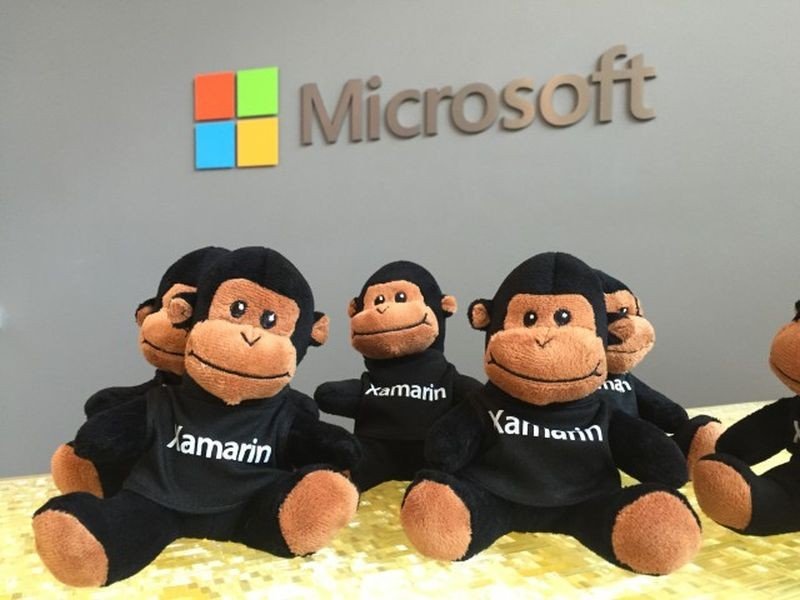
Microsoft'southward and Xamarin's relationship has born the fruit of the deep integration of Xamarin into a range of Microsoft'due south services. Visual Studio, Microsoft Azure, Function 365 and the company's Enterprise Mobility Suite have all been integrated with Xamarin. This integration has provided "developers with an end-to-terminate workflow for native, secure apps across platforms."
Microsoft's conquering of Xamarin (opens in new tab) signals a pending strategy consequent with the company'south aggressive goal to be the "platform" of platforms:
With today's acquisition declaration we will be taking this work much further to make our globe-class developer tools and services even ameliorate with deeper integration and seamless mobile app dev experiences. The combination of Xamarin, Visual Studio, Visual Studio Team Services, and Azure provides a complete mobile app dev solution that provides everything you demand to develop, exam, deliver and instrument mobile apps for every device.
As our own Editor and Chief, Daniel Rubino put information technology, bridges become both ways. Microsoft'south app Bridges permit developers to reuse existing code so that apps from other platforms can be brought to Windows. Xamarin's integration into the core of Microsoft'due south mobile app development strategy positions the company to become the provider of tools that enables developers to build apps that target all mobile platforms simultaneously.
Additionally, C# the programming language at the cadre of Xamarin was recently reported to exist the preferred language past 62% of the respondents to the Stack Overflow Developers Survey.
This is where things get interesting.
Analysis: Irresolute the Game
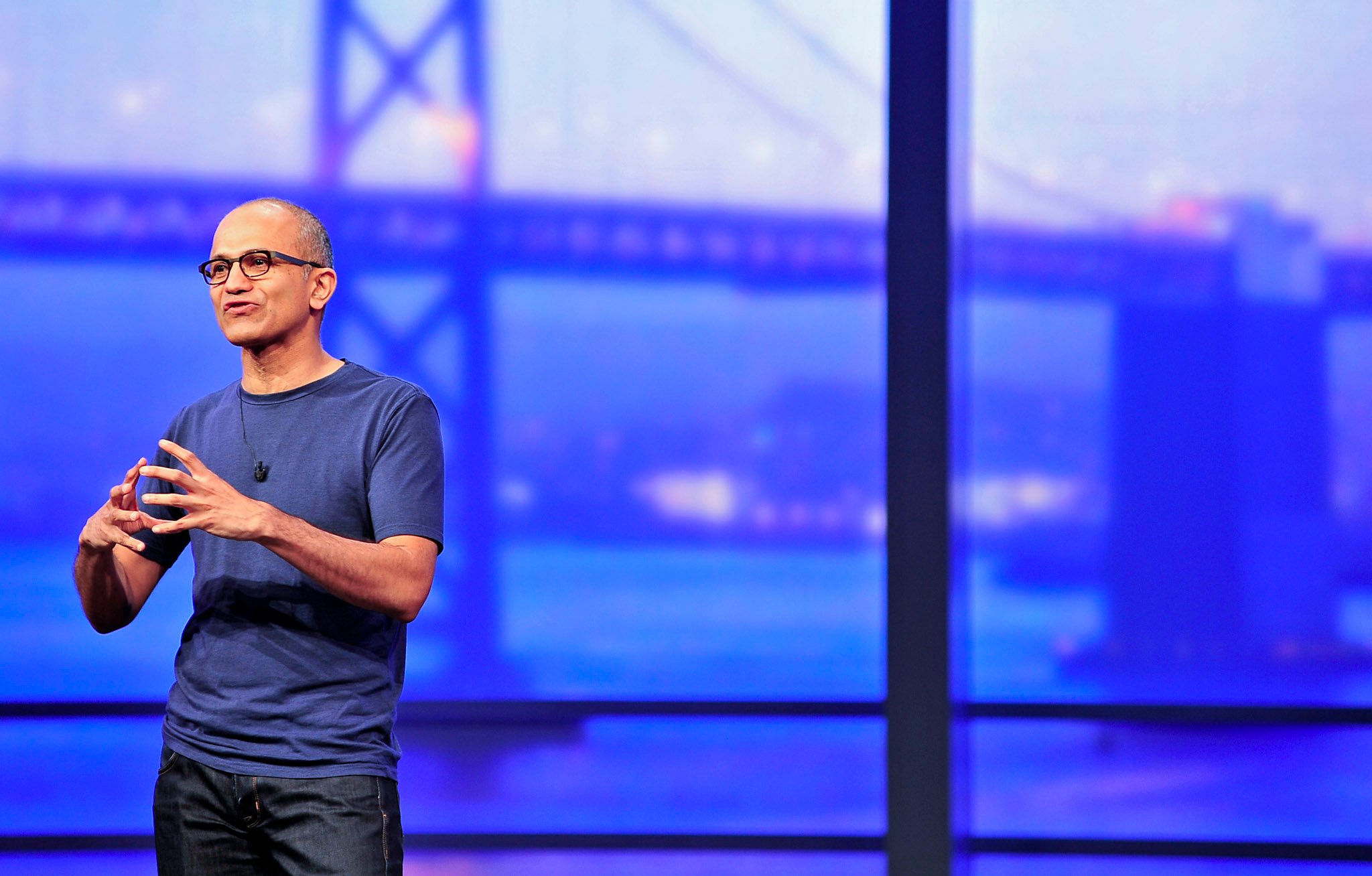
With the Xamarin purchase, I believe that Microsoft ultimately wants to become the platform for mobile app development. Currently, nearly individual developers or companies with mobile ambitions perceive developing for a mobile audition as creating an iOS and/or Android app. This general perception is the barrier that consistently cuts Windows (Telephone) out of the film. "Mobile" in the minds of well-nigh developers has become synonymous with iOS and Android.
The app Bridges, though necessary and useful, cater to that particular mindset. They do picayune to alter the perception of developers and others in the manufacture regarding the position of Windows as a viable mobile platform. The thought of bridges just beckons a particular action - convert your app to a UWA - without appealing to a change in perception of Windows equally a first-tier mobile objective. Let me to explain.
This requires an undoing of the broad perspective that iOS and Android are synonymous with mobile.
As Microsoft pushes the Bridges they, by necessity, reinforce in the minds of the industry the inaccurate view that iOS (and Android) essentially equal "mobile." The button strengthens a secondary position of the Windows platform. It does this by petitioning developers to utilize the Bridges to catechumen their "primary mobile lawmaking" (iOS) to a course that includes this "secondary platform" (Windows) which does not occupy a dominant position in their minds as a target as a mobile platform.
Microsoft needs to move the position of Windows from a secondary position to equal ground in the minds of the industry as a target for mobile development. This change in perspective requires a change, an undoing, of the general attitude that iOS and Android are synonymous with mobile. The efforts to push the UWP and the growing Windows install base of operations, every bit mentioned above, are office of this motion-picture show. I believe that the other part of the moving picture is where Xamarin fits in.
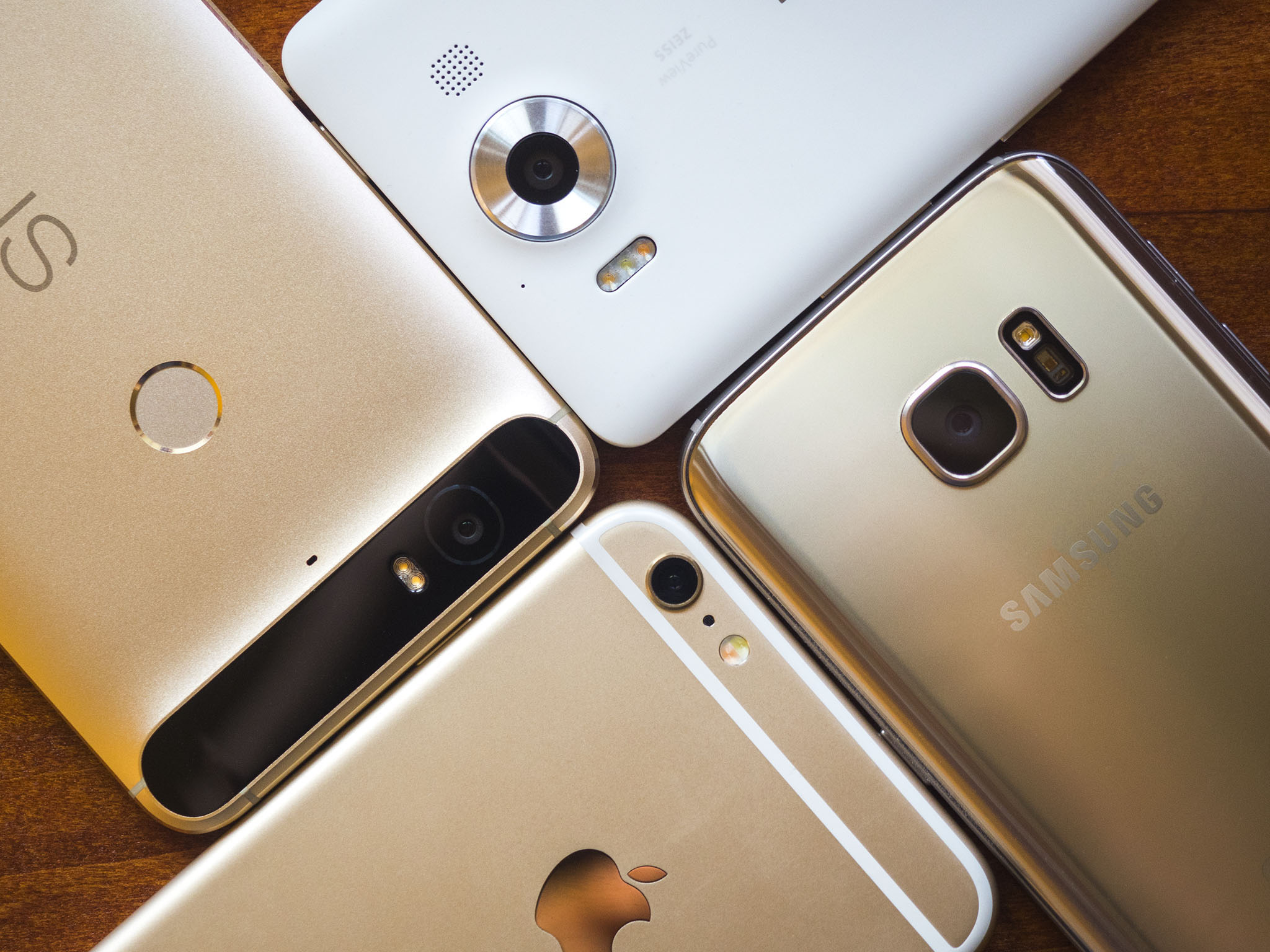
It is Microsoft's goal to redefine "mobile" equally a seamless platform.
Currently, mobile app development is perceived as a disparate "mural" comprised of distinct mobile platforms (i.e. Android, iOS and Windows). Because of this perspective, the private platforms that brand up that mobile landscape are highly "visible" thus easily targeted or in the instance of Windows - largely ignored. I believe that it is Microsoft'southward goal to redefine "mobile" as a seamless platform rather than the patchwork landscape we currently perceive.
With Xamarin Microsoft has the potential to promote and position manufacture-wide tools to millions of developers which allows them to write for all platforms simultaneously:
We're excited to have Xamarin bring together Microsoft and the opportunities it will offer developers – making it piece of cake to share mutual app code across Windows, iOS, and Android apps while all the same delivering fully-native experiences for each of the platforms.
As the industry-wide provider of these tools, Microsoft hopes to become the goad for a shift in perception equally well as a focal point as a platform for mobile development. Of class, at that place is lots of work that Microsoft would take to exercise to brand Xamarin the industry's tool for mobile evolution. However, if Microsoft is successful with positioning the tools Xamarin provides to the broader developer space, the current mindset may begin to change gradually.
This will erase platform distinctions and bring Windows on par every bit a first-tier mobile target.
Developers may offset to perceive targeting mobile as using the "Microsoft mobile app evolution platform" which targets a seamless "Mobile" platform that encompasses all devices. Acknowledging specific mobile platforms (i.e. Android, iOS, Windows) may somewhen be replaced with only seeing "Mobile" equally a platform and Microsoft as the "evolution platform" for that platform. This is an ambitious goal, but one that I believe Microsoft is pursuing. If Redmond is successful, this will resolve the current iOS/Android dominant mobile development mindset past "erasing" platform distinctions thereby bringing Windows on par as a start-tier mobile target.
Wrap Up
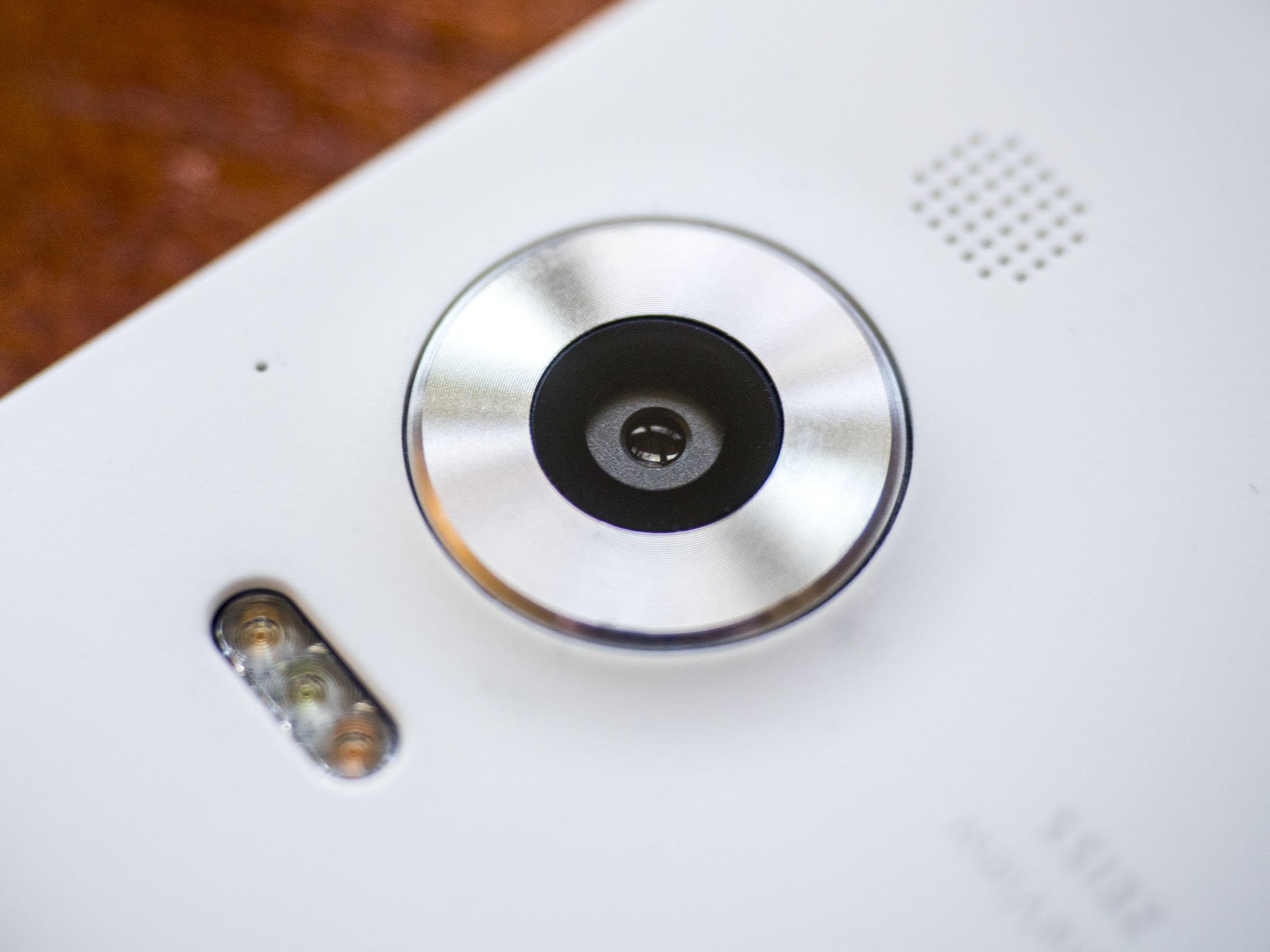
The app gap is no niggling matter for Microsoft. Redmond realizes that if this increasingly visible problem is non resolved its position in personal calculating, which is an app-focused mobile platform, will remain in abiding jeopardy. To this end, as we have faced this enormous "elephant in the room" via this comprehensive final piece of an in-depth series, Microsoft is doing the same. Redmond, I believe, is facing this challenge with an ambitious and unprecedented arroyo that will position the company equally the platform for mobile development.
Furthermore, we are at the threshold of Microsoft'south /BUILD Developers Conference, which will be followed soon later by Xamarin Evolve. Between these two conferences, Microsoft will shine a greater light on how the house is positioning itself, its developer's tools and developers to aid the company become a almost strong strength in personal calculating. Equally a matter of fact, Microsoft is promising that at /BUILD, "Something awesome this manner comes." I, similar you, am excited to see what Redmond unveils. Let'due south promise that whatsoever these conferences yield that its fruition somewhen brings an end to the seemingly obligatory reminder in well-nigh every blog post nigh Microsoft, that there is a substantial app deficit in the Windows ecosystem.
During Microsoft'south retrenchment from the smartphone space, their focus on refining its Bone, building OEM partnerships and working on comprehensive app tools will, in my interpretation, position the company for success.
Folks, Windows 'phone, isn't expressionless.
- Part I: Keeping the vision in view
- Part Two: Nurturing the ecosystem
- Function Three: No consumer left behind
- Function IV: A futurity of partnerships
- Role V: How Alcatel fits into the Windows ecosystem
A big cheers to Microsoft for the support they provided for this culminating piece to the Window Phone isn't expressionless series.
Jason L Ward is a columnist at Windows Central. He provides unique big picture analysis of the complex world of Microsoft. Jason takes the small clues and gives you an insightful big pic perspective through storytelling that you won't discover *anywhere* else. Seriously, this dude thinks outside the box. Follow him on Twitter at @JLTechWord. He's doing the "write" matter!
How Answer The Phone Using Vi App,
Source: https://www.windowscentral.com/windows-phone-isnt-dead-part-vi-app-gap
Posted by: jacksonhineseepthis1955.blogspot.com


0 Response to "How Answer The Phone Using Vi App"
Post a Comment